Myletithings - Insalata

More Posts from Myletithings and Others

Skicrush at the mountain










Shengsi, an archipelago of almost 400 islands at the mouth of China’s Yangtze river, holds a secret shrouded in time – an abandoned fishing village being reclaimed by nature. These photos by Tang Yuhong, a creative photographer based in Nanning, take us into this lost village on the beautiful archipelago.
Our Favorite Valentines Throughout the Universe
Today is Valentine’s Day. What better way to express that you love someone than with an intergalactic love gram? Check out some of our favorites and send them to all of your cosmic companions:
Your love is galactic

The Hubble Space Telescope revolutionized nearly all areas of astronomical research — and captured some truly lovely images. Here, a pair of intersecting galaxies swirl into the shape of a rose as a result of gravitational tidal pull. What type of roses are you getting for your love — red or galactic?
I think you’re n{ice}

IceBridge is the largest airborne survey of Earth’s polar ice ever flown. It captures 3-D views of Arctic and Antarctic ice sheets, ice shelves and sea ice. This lovely heart-shaped glacier feature was discovered in northwest Greenland during an IceBridge flight in 2017. Which of your lover’s features would you say are the coolest?
You’re absolutely magnetic

Even though we can’t see them, magnetic fields are all around us. One of the solar system’s largest magnetospheres belongs to Jupiter. Right now, our Juno spacecraft is providing scientists with their first glimpses of this unseen force. Is your attraction to your loved one magnetic?
You’re MARS-velous

This heart-shaped feature on the Martian landscape was captured by our Mars Reconnaissance Orbiter. It was created by a small impact crater that blew darker material on the surface away. What impact has your loved one had on you?
I <3 you

From three billion miles away, Pluto sent a “love note” back to Earth, via our New Horizons spacecraft. This stunning image of Pluto’s “heart” shows one of the world’s most dominant features, estimated to be 1,000 miles (1,600 km) across at its widest point. Will you pass this love note on to someone special in your life?
Light of my life

Our Solar Dynamics Observatory keeps an eye on our closest star that brings energy to you and your love. The observatory helps us understand where the Sun’s energy comes from, how the inside of the Sun works, how energy is stored and released in the Sun’s atmosphere and much more. Who would you say is your ray of sunshine?
Do any of these cosmic phenomena remind you of someone in your universe? Download these cards here to send to all the stars in your sky.
Want something from the Red Planet to match your bouquet of red roses? Here is our collection of Martian Valentines.
Make sure to follow us on Tumblr for your regular dose of space: http://nasa.tumblr.com

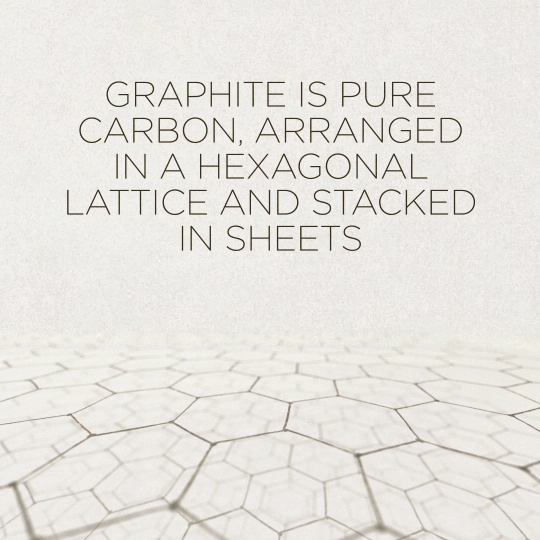
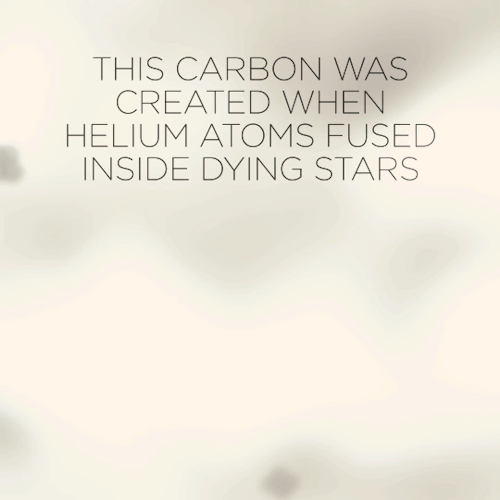

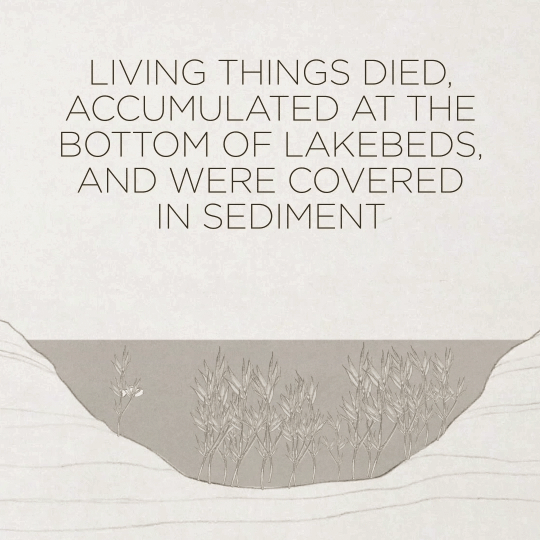
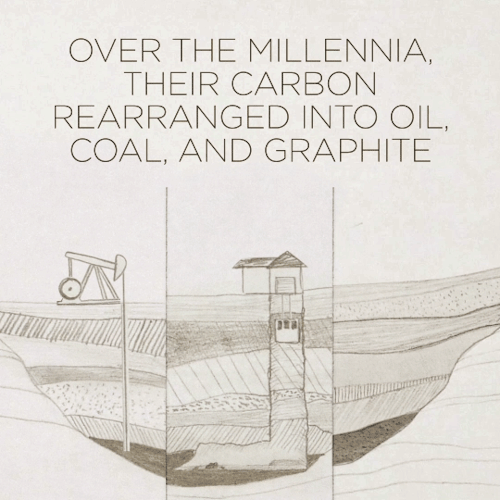
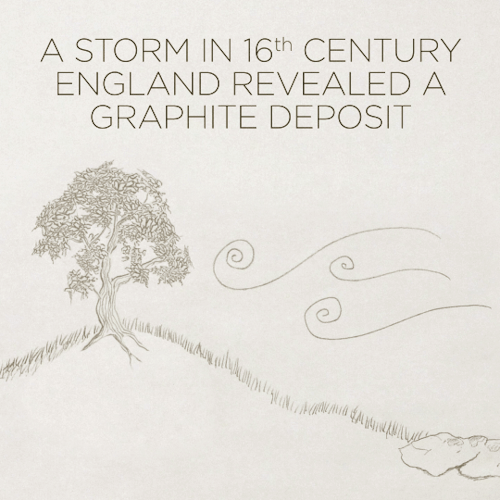

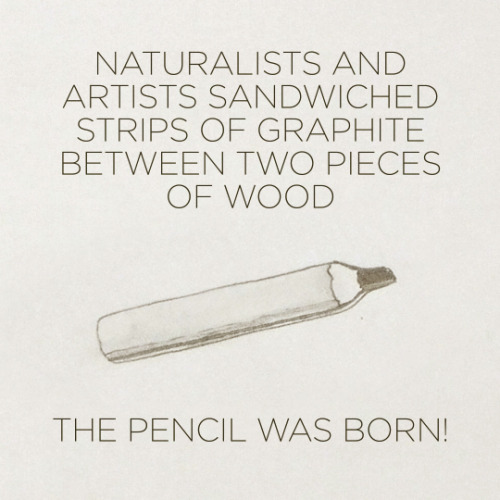

Pencils pencils pencils! Watch the full video:
And ask us more questions!

waiting for the first snow


file:///var/mobile/Containers/Data/Application/7C41B69C-871E-4AAB-8C06-3BFDAB907376/Documents/Image.ig
Lucy Lucy...#disolitocosìnonsifà

Alba o tramonto?


Passo San Pellegrino. #sole e # neve
-
 lucifer-lux liked this · 10 years ago
lucifer-lux liked this · 10 years ago -
 gekomatto reblogged this · 10 years ago
gekomatto reblogged this · 10 years ago -
 gekomatto liked this · 10 years ago
gekomatto liked this · 10 years ago -
 notonlyuke liked this · 10 years ago
notonlyuke liked this · 10 years ago -
 pgfone liked this · 10 years ago
pgfone liked this · 10 years ago -
 ragdoll-0708 reblogged this · 10 years ago
ragdoll-0708 reblogged this · 10 years ago -
 kimuraqoo reblogged this · 10 years ago
kimuraqoo reblogged this · 10 years ago -
 mokkumo reblogged this · 10 years ago
mokkumo reblogged this · 10 years ago -
 ikiiroitori liked this · 10 years ago
ikiiroitori liked this · 10 years ago -
 yutacave reblogged this · 10 years ago
yutacave reblogged this · 10 years ago -
 myletithings reblogged this · 10 years ago
myletithings reblogged this · 10 years ago -
 myletithings liked this · 10 years ago
myletithings liked this · 10 years ago -
 sleeeepy-demon liked this · 10 years ago
sleeeepy-demon liked this · 10 years ago -
 jenquest liked this · 10 years ago
jenquest liked this · 10 years ago -
 nientemaisemplice liked this · 10 years ago
nientemaisemplice liked this · 10 years ago -
 seiryu6 reblogged this · 10 years ago
seiryu6 reblogged this · 10 years ago -
 temporanea liked this · 10 years ago
temporanea liked this · 10 years ago -
 cherrypunchlips liked this · 10 years ago
cherrypunchlips liked this · 10 years ago -
 einworldwideweb liked this · 10 years ago
einworldwideweb liked this · 10 years ago -
 totallycolorfulchopshop liked this · 10 years ago
totallycolorfulchopshop liked this · 10 years ago -
 moqen liked this · 10 years ago
moqen liked this · 10 years ago -
 snoopymania reblogged this · 10 years ago
snoopymania reblogged this · 10 years ago
